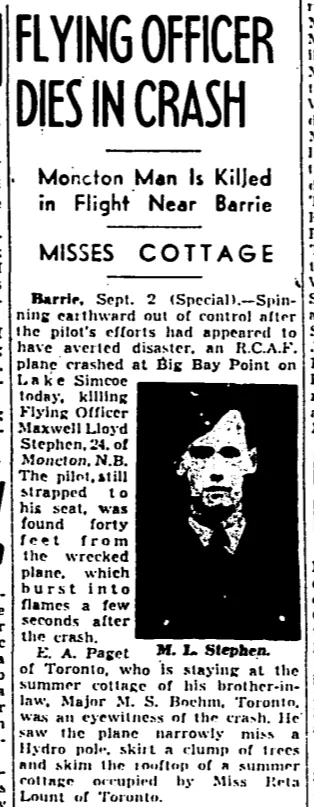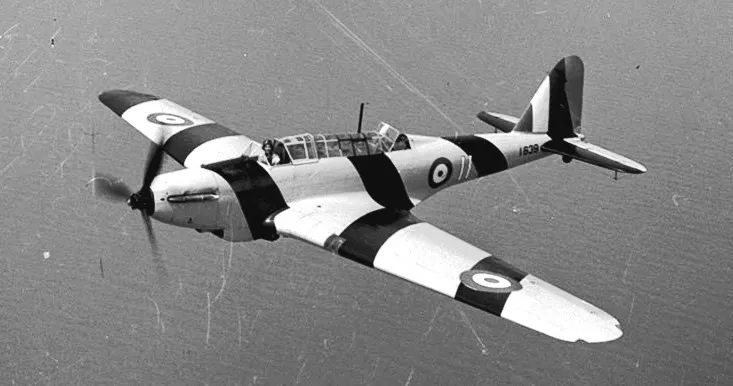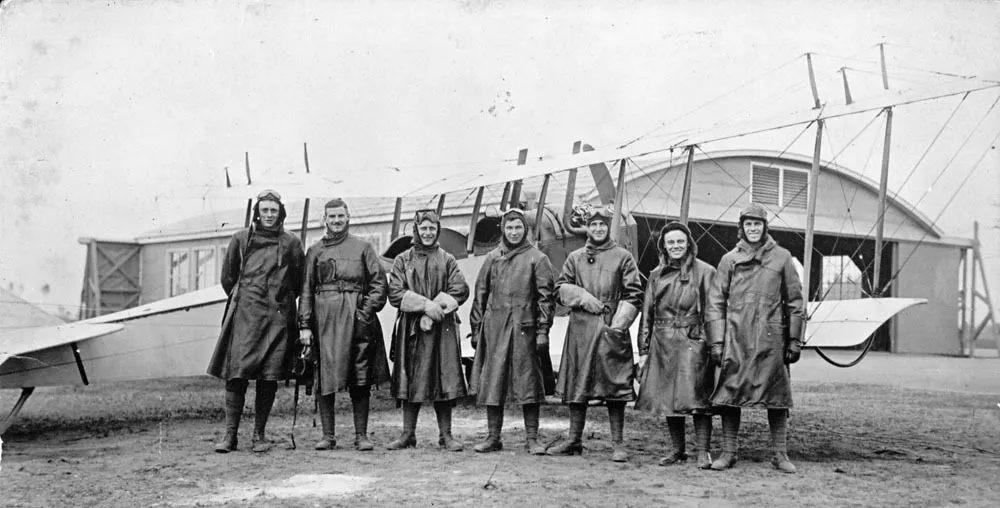![]() School Daily Diary Entry - 1940-09-02
School Daily Diary Entry - 1940-09-02
![]() School Daily Diary Entry - Advanced Training Squadron -1940-09-02
School Daily Diary Entry - Advanced Training Squadron -1940-09-02


Birth Date: 1916-March-24
Born:
Parents: Son of Lloyd M. Stephen and Frances G. Stephen, of Toronto, Ontario.
Spouse:
Home: Toronto, Ontario
Enlistment:
Enlistment Date: unkown date
Service
RCAF
Unit
1 SFTS- Service Flying Training School
Base
Camp Borden, Ontario, Canada
Rank
Pilot Officer
Position
Pilot
Service Numbers
C/1367
![]() School Daily Diary Entry - 1940-09-02
School Daily Diary Entry - 1940-09-02
![]() School Daily Diary Entry - Advanced Training Squadron -1940-09-02
School Daily Diary Entry - Advanced Training Squadron -1940-09-02
This accident involved 1 aircraft on 1940-September-02. Fairey Battle s/n 1626.
This accident involved 1 person. Stephen ML
This accident had 1 fatality. Pilot Officer Maxwell Lloyd Stephen RCAF Killed in Flying Accident service no:C/1367 Battle 1626

The Fairey Battle is a British designed single engine light bomber, used as a trainer in the RCAF. The Battle was powered by the same high-performance Rolls-Royce Merlin piston engine that powered various contemporary British fighters including the Spitfire. It was, however significantly heavier, with its three-man crew and bomb load. Although it was a great improvement over the aircraft that preceded it, the Battle was relatively slow and limited in range. It was only armed with two .303 in machine guns facing the rear, and was found to be highly vulnerable to enemy fighters and anti-aircraft fire.
The Fairey Battle participated in direct combat missions during early stages of the Second World War and earned the distinction of attaining the first aerial victory of an RAF aircraft in the war. In May 1940 the Battle suffered heavy losses, frequently in excess of 50 percent of aircraft sortied per mission. By the end of 1940 the type had been entirely withdrawn from active combat service, and was relegated to training units overseas, with many serving in Canada.
The RCAF received its first batch of eight Battles in August 1939, at RCAF Station Borden, Ontario. A total of 802 Battles were eventually delivered from England, serving in various roles and configurations, including dual-control trainers, target-tugs, and gunnery trainers for the Bombing and Gunnery schools of the Commonwealth Air Training Plan. Canadian use of the Battle declined as more advanced aircraft, such as the Bristol Bolingbroke and the North American Harvard were introduced. Battles remained in RCAF service until shortly after the end of the war hostilities in 1945. No. 111, 115 and No. 122 Squadrons of the RCAF flew Battles.
Fairey Battles were not manufactured in Canada, but they were assembled, serviced and modified here, including the installation of turrets at the Canadian Car and Foundry plant in Montreal. Harold Skaarup web page with revisions
Graduates of the EFTS "learn-to-fly" program went on a Service Flying Training School (SFTS) for 16 weeks. For the first 8 weeks the trainee was part of an intermediate training squadron; for the next 6 weeks an advanced training squadron and for the final 2 weeks training was conducted at a Bombing & Gunnery School. The Service schools were military establishments run by the RCAF or the RAF.
There were two different types of Service Flying Training Schools. Trainees in the fighter pilot stream went to an SFTS like No. 14 Aylmer, where they trained in the North American Harvard or North American Yale. Trainees in the bomber, coastal or transport pilot stream went to an SFTS like No. 5 Brantford where they learned multi-engine technique in an Airspeed Oxford, Avro Anson or Cessna Crane.
Currently the site of CFB Borden. Heliport and grass strip remains. CYBN

For more Information on RCAF Station Borden see here
RCAF.info - RCAF Station Borden Ontario
RCAF.info - Relief Landing Field Edenvale Ontario